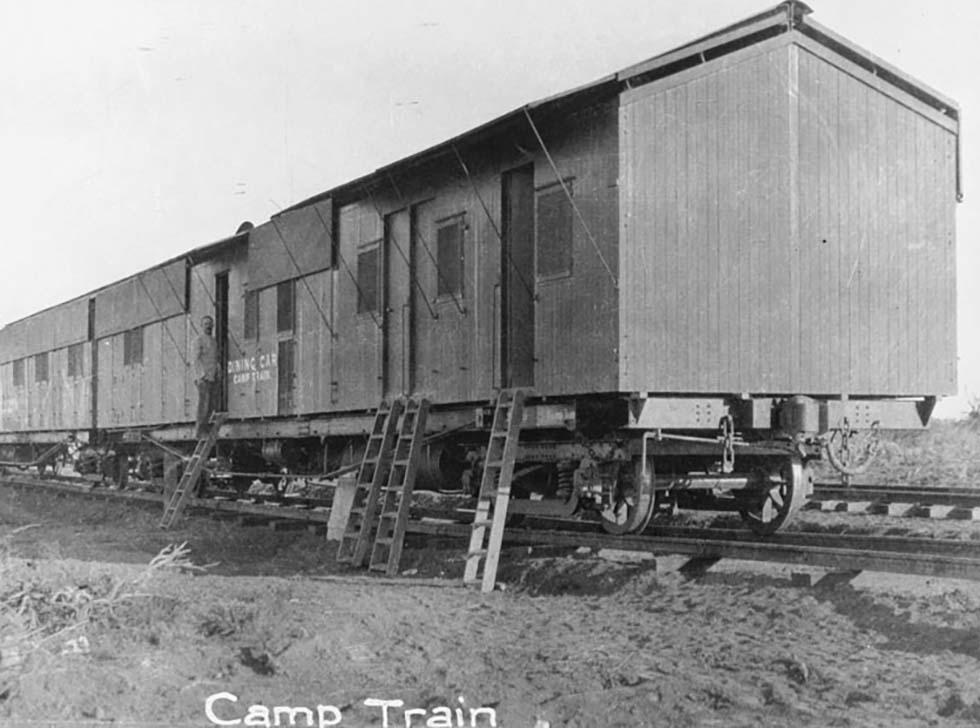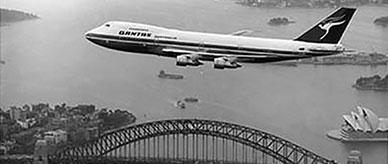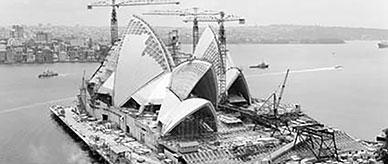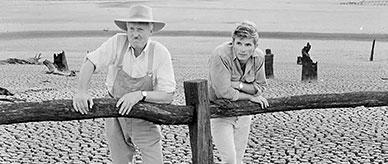


About this record
This is a black-and-white photograph of the construction camp train used by workers building the Trans-Australian Railway track between Kalgoorlie and Port Augusta from 1913 to 1917.
Educational value
- Shows part of the infrastructure supporting the building of the Trans-Australian Railway – the Commonwealth parliament voted to undertake this great project on 6 December 1911 and work commenced on the line at Port Augusta, South Australia in September 1912 and at Kalgoorlie five months later; the line was completed on time on 17 October 1917 and the continent could finally be crossed by rail; a section of this track runs straight for 497 kilometres and is believed to be the longest section of straight-line railway in the world.
- Was taken at an important stage in the construction of the track between the two towns – preparatory work had to be done at each end of the line and the actual plate laying commenced in March 1913, the year in which the photograph was taken.
- Illustrates a construction camp on rails – this was an innovative solution to the difficulties encountered by the Commonwealth Railway Department in housing several thousand men who needed to live close to the line they were building as the line progressed across the Nullarbor Plain; a mobile camp was more efficient than the alternative of having workers erecting and dismantling a 'tent city' every week or so.
- Shows a construction worker about to enter the dining room – the department had to provide everything required by the workers, which included running a weekly supply train to meet the construction camp train.
- Relates to an issue central to the federation of Australian states in 1901 – Western Australia was the state most reluctant to federate but its Premier, John Forrest, rightly believed that the promise of a trans-continental railway linking Western Australia to the rest of Australia would help; Western Australia did agree to become part of the federation of Australia, although it took nearly 17 years for the railway to eventuate.
- Shows a section of temporary track separate from the 1692-kilometre Trans-Australian Railway track between Kalgoorlie and Port Augusta.
- demonstrates the temporary nature of the camp's location – the track beneath the train is not well built, with large gaps between the sleepers where they are not required for supporting the weight of the carriages.
- Reflects the harsh and dry conditions experienced by workers on the Trans-Australian Railway on the Nullarbor Plain with average daily temperature ranges of 15–33° C in January and 4–18° C in July, and an average annual rainfall of only 180 millimetres.
Acknowledgments
Learning resource text © Education Services Australia Limited and the National Archives of Australia 2010.
Related themes
Need help with your research?
Learn how to interpret primary sources, use our collection and more.



